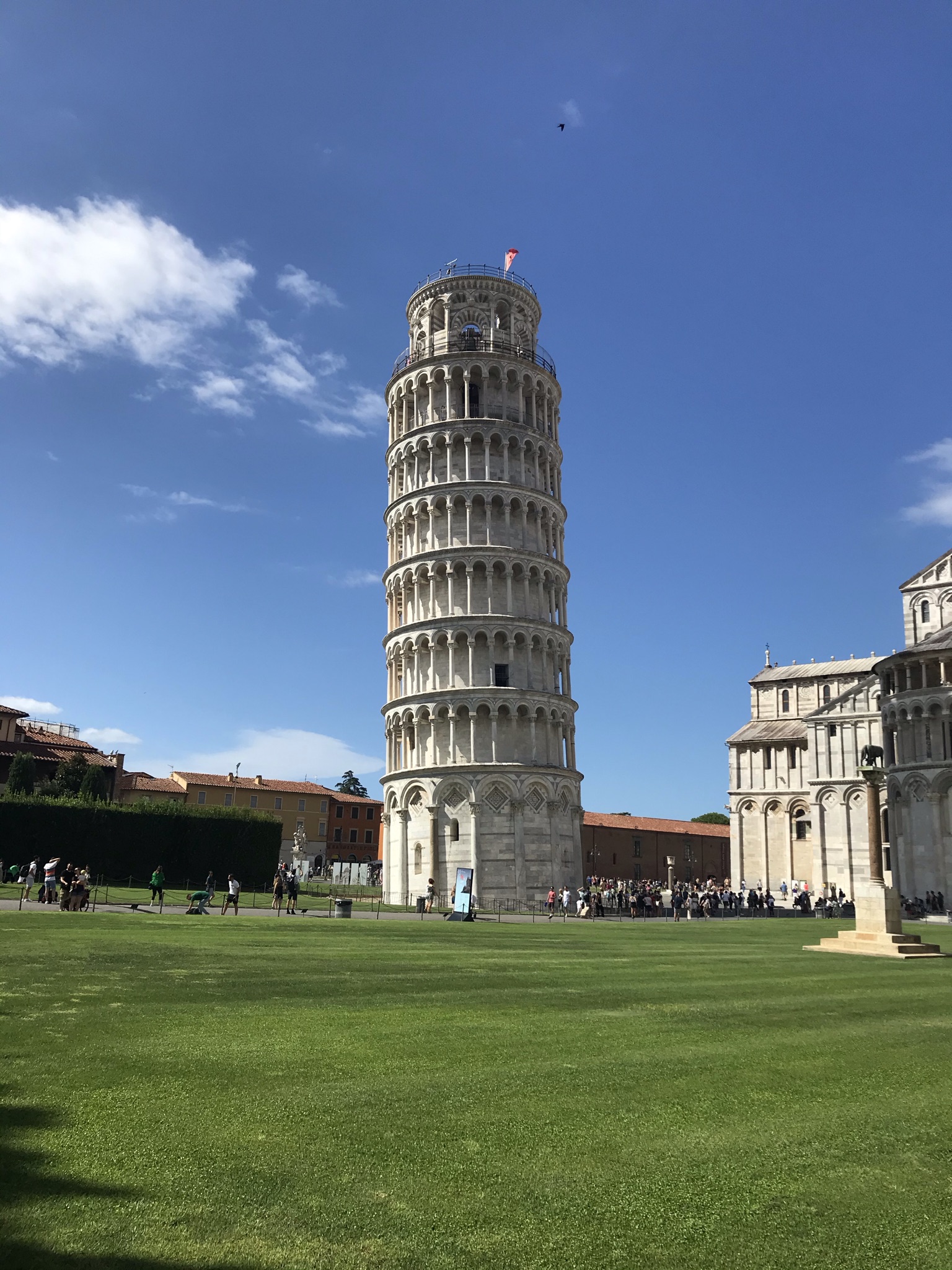Enhancing Ambulance Response Times in India: Harnessing AI and Community Resources
In the fast-paced world of emergency services, quick response times can be the difference between life and death. In India, one of the ongoing challenges within the healthcare system is the need to reduce the average response time of ambulances. To address this, a digital transformation leveraging innovative solutions such as community involvement and artificial intelligence (AI) is essential.
Empowering Delivery Riders for Emergency Assistance
Imagine a world where delivery riders, the backbone of India’s logistics network, work in synergy with emergency services to pave the way for ambulances. By creating a digital platform that connects delivery riders, we can transform these everyday commuters into traffic facilitators. With appropriate training and support from local authorities, these riders can assist ambulances by clearing traffic, guiding vehicles, and ensuring a swift passage.
This system would function dynamically, assigning delivery riders based on traffic conditions and the ambulance’s route. The ingenious part is compensating the riders for their contribution, ensuring a sustainable and collaborative effort to save lives. The proactive assignment of delivery riders, particularly in high-traffic zones, can significantly streamline ambulance movement, enhancing the overall efficiency of emergency responses.
Integrating AI for Intelligent Traffic Management
To complement the efforts of delivery riders, implementing an AI-driven traffic light management system can be transformative. By utilizing real-time data on ambulance locations, traffic lights can be adjusted to clear pathways in anticipation of an ambulance’s arrival. In regions lacking traffic signals, delivery riders can temporarily halt traffic, facilitating an unobstructed path.
This AI solution not only promises to optimize traffic flow but also alleviates the operational pressures involved in managing emergency vehicle movements, creating a seamless transit experience for ambulances through urban congestion.
Harnessing Real-Time Data for Precision and Speed
One of the critical components of this initiative is real-time location sharing. When a caller contacts ambulance services, they can share their precise location through a link sent via SMS. This eliminates the ambiguity of verbal directions and empowers the system to assign the closest ambulance effectively. Subsequently, analyzing traffic conditions and dispatching delivery riders occur effortlessly, complementing the AI-enabled traffic regulation.
The Motivation Behind the Mission
This strategy stems from a personal and profound experience. Witnessing an accident firsthand and encountering delays in ambulance arrival highlighted the gaps in the current emergency response framework. Despite the presence of sirens, ambulances often find themselves at an impasse due to congested traffic, even more










2 Comments
This is a compelling and much-needed discussion on enhancing ambulance response times in India! The integration of AI and community resources, particularly involving delivery riders, presents a creative solution to a critical issue. The concept of utilizing delivery riders as traffic facilitators is especially innovative; it not only leverages existing resources but also creates a sense of community involvement in emergency response.
To further enhance this initiative, it would be beneficial to consider developing a structured training program for the delivery riders. This program could include emergency response protocols, basic first aid knowledge, and effective communication methods with ambulance crews. Equipping them with these skills would not only help clear traffic but could also provide valuable support during critical moments before the ambulance arrives.
Additionally, the implementation of an AI system for dynamic traffic light management is a step in the right direction. It would be interesting to explore partnerships with local governments to integrate this technology into existing infrastructure, ensuring quick adaptability to real-time situations.
As we think about reducing response times, addressing public awareness can also play a crucial role. Educating the community about how they can aid in emergency situations—like providing space for ambulances—will further improve the efficiency of these initiatives.
Overall, this approach has the potential to transform emergency response in India significantly. The combination of technology, community, and real-time data holds promising prospects for saving lives. Thank you for sparking this vital conversation!
This is an inspiring and innovative approach to tackling one of India’s critical healthcare challenges. Leveraging AI to optimize traffic management for emergency vehicles, combined with engaging community resources like delivery riders, has enormous potential. A key aspect that could further enhance this initiative is the integration of predictive analytics—using historical traffic data, event schedules, and congestion patterns to proactively deploy resources and anticipate bottlenecks before they occur. Additionally, fostering collaborations with local authorities to institutionalize such systems and ensure scalability will be vital. As technology continues to advance, blending AI-powered solutions with grassroots community involvement could truly transform emergency response times, saving countless lives. Excited to see how these strategies evolve and inspire broader implementation!